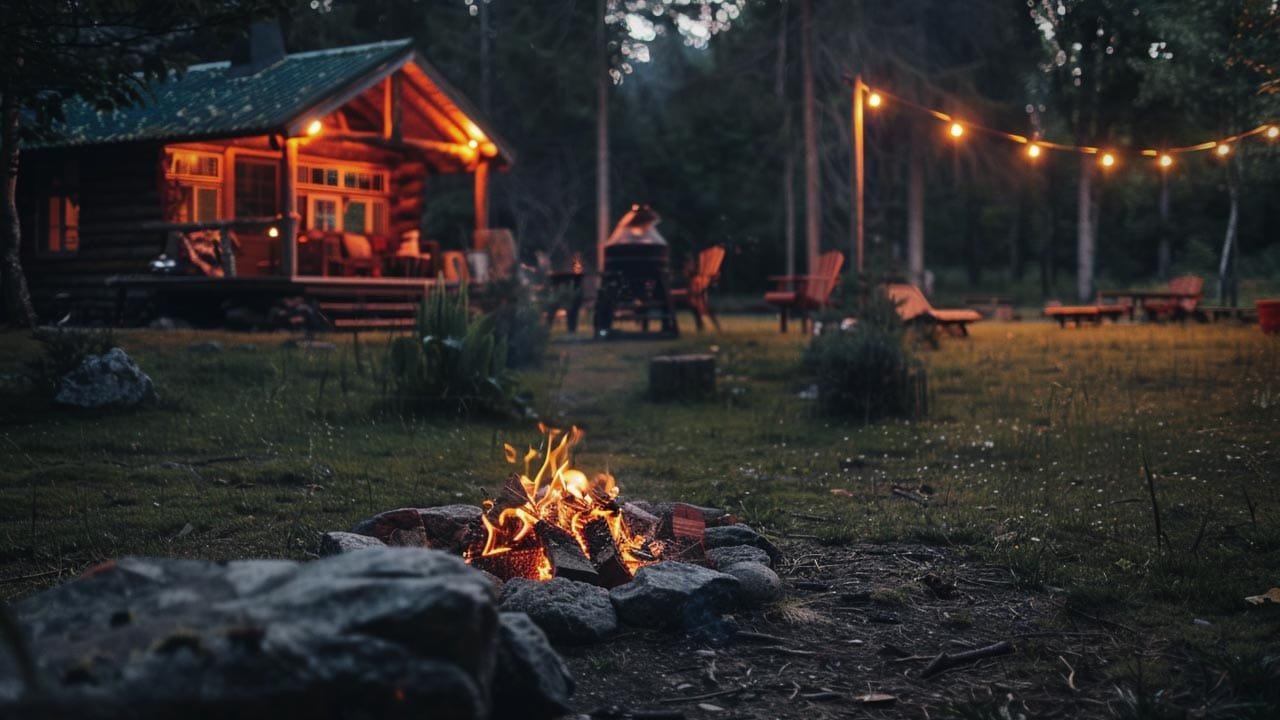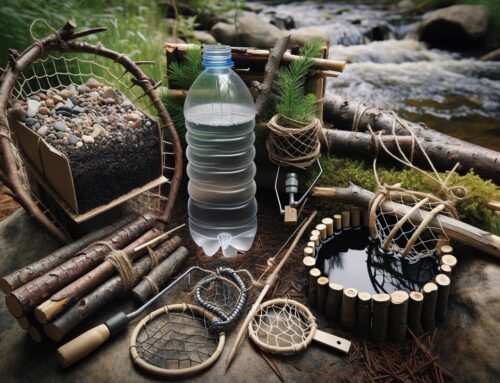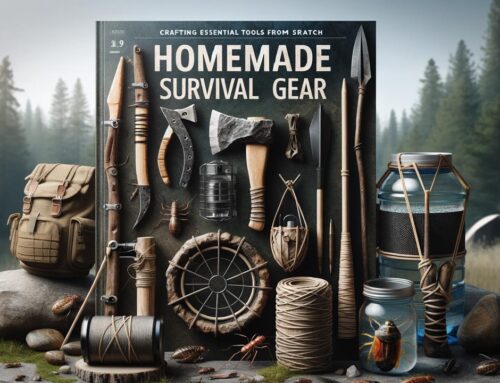10 Basic Survival Skills You Can Learn in Your Own Backyard
The importance of self-reliance and survival skills can often be overlooked. Yet, these skills are not only essential for outdoor enthusiasts but are also invaluable life skills that can be honed right in your own backyard. Whether you’re preparing for an emergency, planning a camping trip, or simply looking to connect more deeply with nature, mastering basic survival skills can boost your confidence and ensure you’re ready for anything.
This quick read article will guide you through 10 fundamental survival skills that you can practice and perfect in your backyard. From building a shelter to purifying water, you’ll learn practical techniques that can make a real difference in a survival situation. By the end of this read, you’ll have a solid foundation of skills that can empower you to take on challenges with greater resilience and resourcefulness.
Whether you’re a beginner looking to get started or an experienced prepper brushing up on the basics, these backyard-friendly exercises will help you sharpen your survival instincts without needing to venture into the wild. Each section will break down a specific skill, offering tips, step-by-step instructions, and insights on how to practice safely and effectively. Let’s dive in!
Table of Contents
- Building a Shelter
- Starting a Fire
- Purifying Water
- Foraging for Edible Plants
- Navigating Without a Compass
- Basic First Aid
- Tying Essential Knots
- Fishing Without Modern Equipment
- Trapping and Hunting
- Signaling for Help
- Top 5 Frequently Asked Questions
- Final Thoughts
- Sources
1. Building a Shelter
Choosing the Right Location
The first step in shelter building is selecting a safe, dry, and elevated location. Avoid areas prone to flooding or strong winds. Look for natural features like large trees or rock formations that can provide additional protection.
Constructing Different Types of Shelters
Learn to construct basic shelters such as the lean-to, A-frame, and debris hut. Each type serves different purposes, depending on weather conditions and available materials.
2. Starting a Fire
Gathering Materials
Before you start a fire, gather the necessary materials: tinder (dry grass, leaves), kindling (small sticks), and fuel (larger logs). Make sure to have a safe, cleared space for your fire.
Using Different Ignition Methods
Explore various fire-starting techniques such as the bow drill, flint and steel, or even the magnifying glass method. Each method requires practice but can be life-saving in an emergency.
3. Purifying Water
Water Collection Techniques
Learn how to collect water from natural sources, including rainwater, streams, and dew. You can also create a solar still to extract moisture from the ground.
Methods of Purification
Boiling is the most reliable method of water purification, but you can also use filtration, chemical treatments, or UV light to make water safe to drink.
4. Foraging for Edible Plants
Identifying Edible Plants
Learn to recognize edible plants like dandelions, clovers, and cattails. Use a foraging guide to ensure you’re identifying the correct plants.
Avoiding Poisonous Look-Alikes
Many poisonous plants resemble their edible counterparts. Study these look-alikes carefully to avoid making dangerous mistakes.
5. Navigating Without a Compass
Using Natural Indicators
Learn to use the sun, stars, and natural landmarks to find your way. The position of the sun can help determine direction, and constellations like the North Star can guide you at night.
Making a Sundial
Create a simple sundial in your backyard to practice telling time and direction based on the sun’s movement.
6. Basic First Aid
Treating Common Injuries
From cuts and burns to sprains and insect bites, knowing how to treat common injuries is essential. Practice these techniques with a basic first aid manual.
Creating a First Aid Kit
Build a comprehensive first aid kit that includes bandages, antiseptics, pain relievers, and emergency tools. Customize it based on your specific needs.
7. Tying Essential Knots
Top 5 Knots to Learn
Master the bowline, square knot, clove hitch, figure-eight, and taut-line hitch. These knots are versatile and useful in various survival scenarios.
Practical Applications
Practice using these knots for shelter construction, securing loads, or creating traps. Understanding knot strength and security is vital.
8. Fishing Without Modern Equipment
Crafting a Fishing Rod
Use sticks, strings, and hooks to create a rudimentary fishing rod. This skill is essential for catching food in a survival situation.
Making Fishing Hooks and Baits
Learn how to make hooks from natural materials like bones, thorns, or sharpened sticks, and discover how to use insects, worms, or plant matter as bait.
9. Trapping and Hunting
Building Simple Traps
Learn to construct basic traps like the snare, deadfall, and pitfall. These can be used to catch small animals for food.
Tracking Animals
Develop the skill of tracking by observing animal footprints, droppings, and behavior. This knowledge is crucial for successful hunting and trapping.
10. Signaling for Help
Using Visual Signals
Learn to use mirrors, bright colors, and smoke to attract attention. Practice creating large, visible signals that can be seen from a distance.
Making Audible Signals
Whistles, horns, or even banging on metal can be used to signal for help. Understand the importance of sound in attracting rescuers.
Top 5 Frequently Asked Questions
Final Thoughts
The most important takeaway from this article is that survival skills are not just for extreme adventurers or doomsday preppers—they are practical, life-enhancing abilities that everyone can benefit from. By starting with these 10 basic skills in your own backyard, you build a foundation of self-reliance and confidence that will serve you well in any situation. Whether you’re facing an unexpected emergency or simply enjoying the great outdoors, these skills will empower you to stay safe, survive, and even thrive.
Sources
- American Red Cross
- National Geographic
- USDA Foraging Guide







Leave A Comment